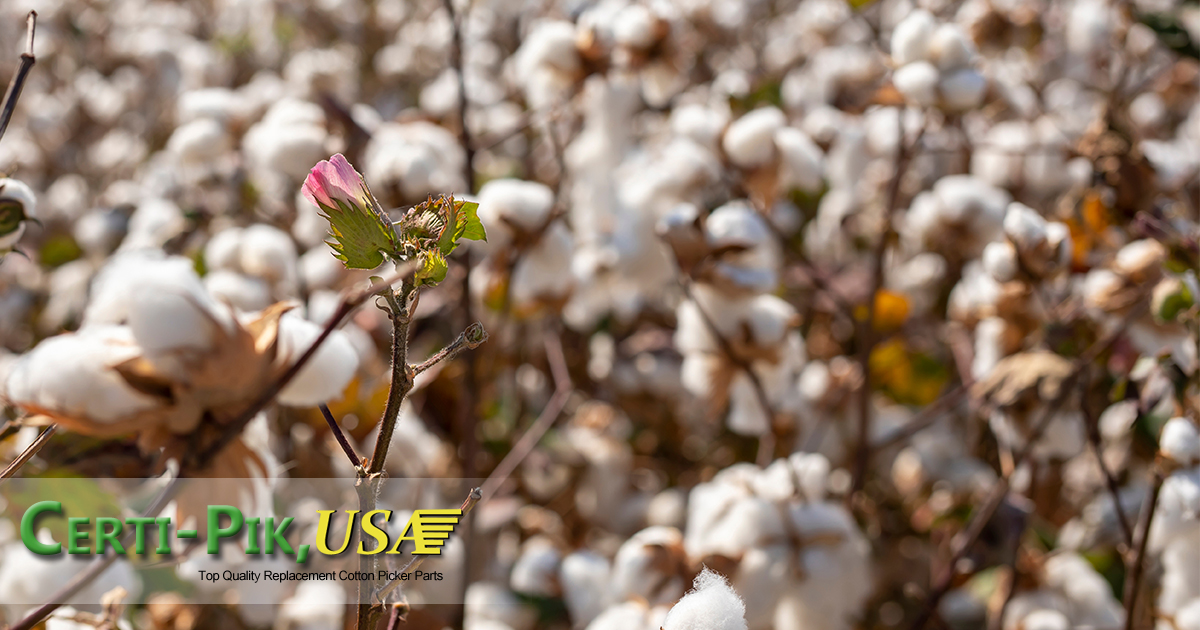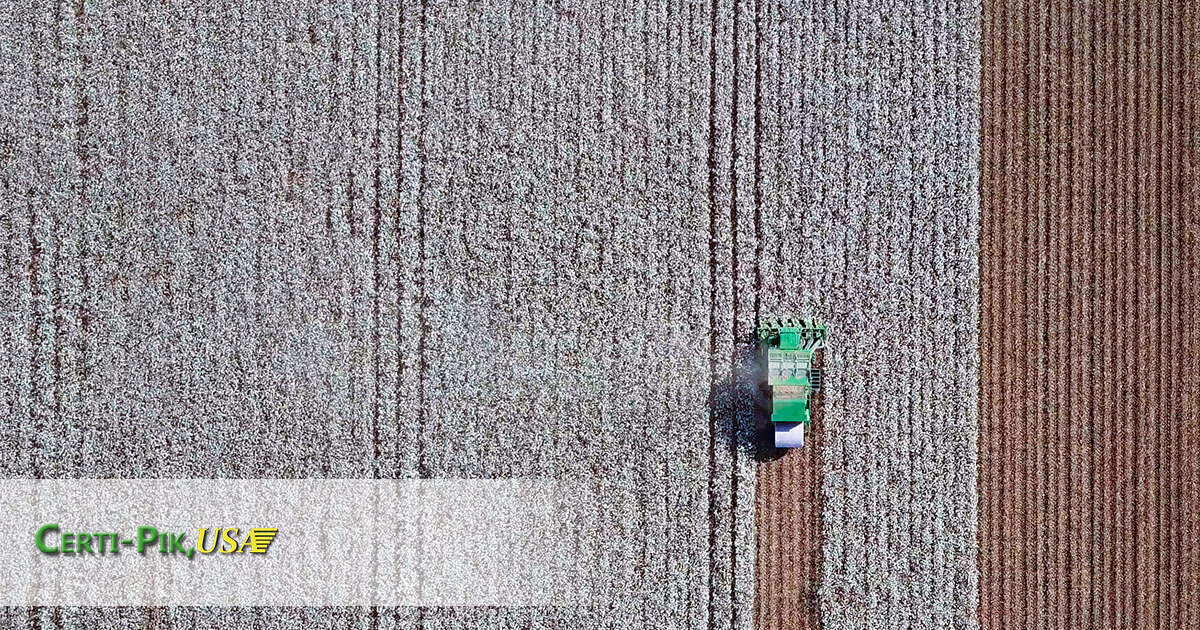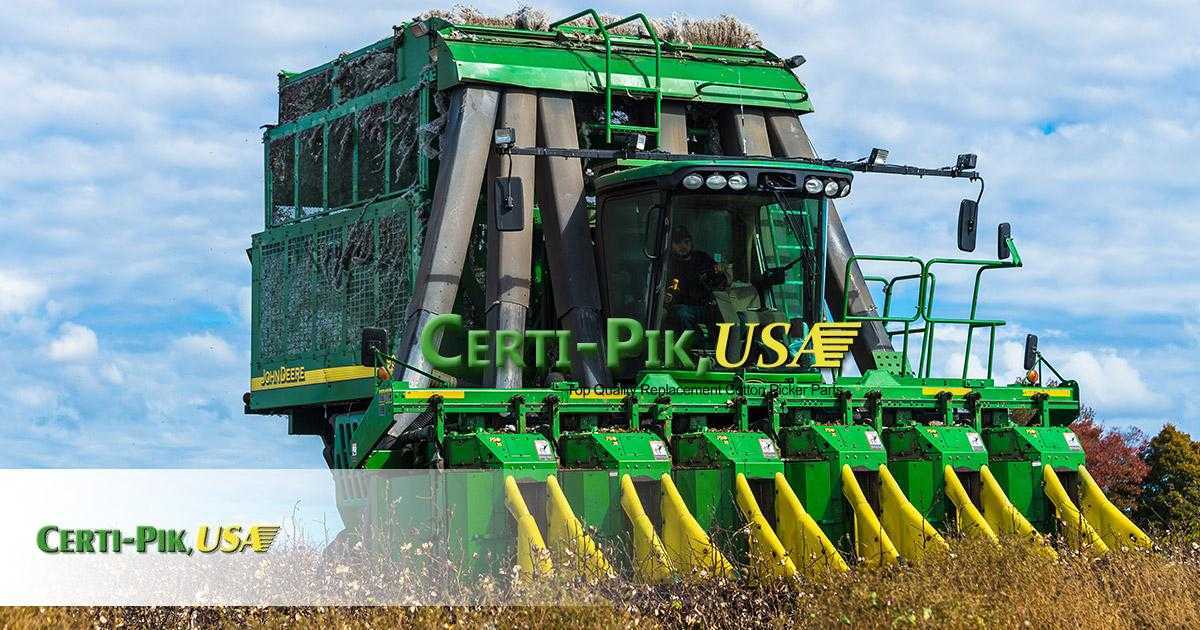Introduction There’s no doubt cotton is one of the great contributions America has made to global society, or that cotton production was and is an integral part of the American economy which led to becoming an international superpower. Without cotton, clothing would be made of expensive silk, heavy wool, or coarse uncomfortable flax linen. Cotton
READ MOREHarvester Parts
Used Cotton Picker Parts vs. New Ones, What’s the Difference?
Cotton pickers save you time and money in the field, provided they function properly. Although farm equipment is made to stand up to hard work, some of the parts may wear out quicker than others. When you’re faced with buying replacements, you can go with new or used. Here’s what to consider when you need
READ MOREJohn Deere vs Case IH – Which Cotton Picker is Best?
Many people in the cotton-harvesting industry have definite preferences when it comes to which manufacturer makes the best harvester, and both John Deere and Case IH have legions of devoted followers. There’s no doubt that both machines have some tremendous benefits, and both offer great service to anyone purchasing either type of equipment. As to
READ MOREThe Historical Significance of the Cotton Gin
Today, the cotton industry is powered by lumbering machines running on ingenious cotton harvester parts. When the cotton industry first sprang to life, however, the process of picking and cleaning cotton was unbelievably difficult. From the moment it was discovered, more than 500 years before the Common Era, all the way through the 18th century,
READ MOREPreparing for Cotton Harvest Season
Whether you’re a commercial cotton grower or just trying your hand at this crop, at some point you’ll need to harvest it. The best way to do so for most operations is to bring in a mechanical harvester. This will quickly and inexpensively harvest your cotton crop. After all, harvesting cotton by hand is back-breaking
READ MORE


